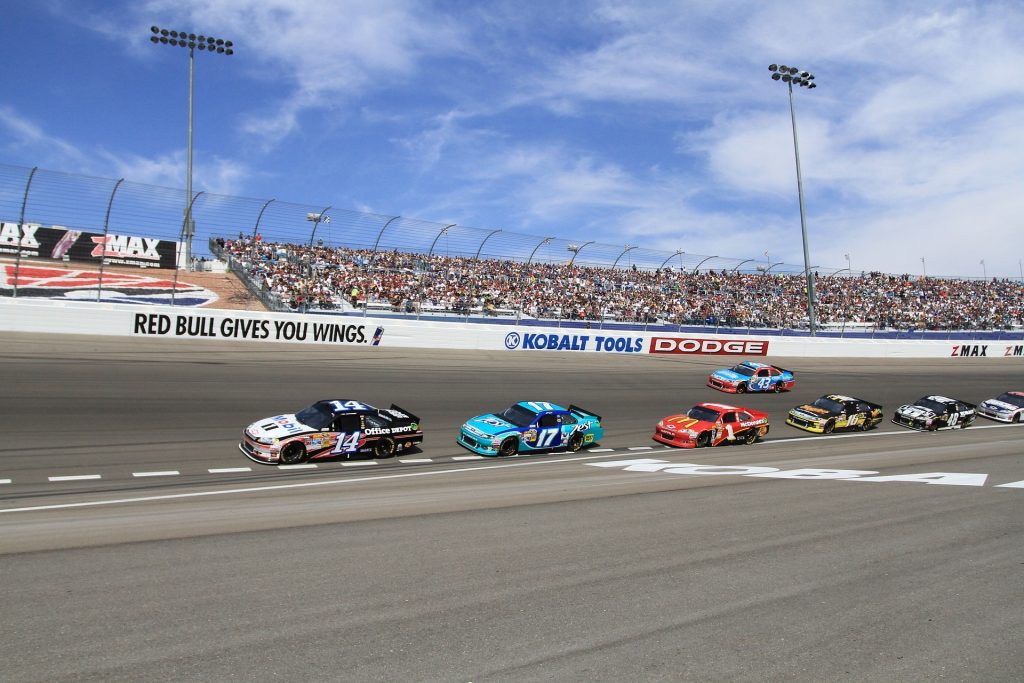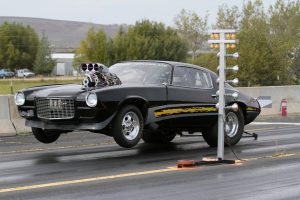Rally Racing for Dummies: A Beginner’s Guide to the Ultimate Experience

Have you ever watched rally racing and thought to yourself, ‘I could do that’? Or maybe you’re just looking for a new and exciting challenge. Either way, rally racing may be perfect for you! In this beginner’s guide, we’ll go over everything you need to know to get started in the world of rallying. From learning the basics of driving on loose surfaces to navigation, we have you covered. So what are you waiting for? Get ready to experience the ultimate adrenaline rush!
What is rally racing?
This is a form of motorsport that takes place on public or private roads with modified production cars, and it’s just so much fun! It’s distinguished from traditional road racing by the fact that it’s intended to test a driver’s skill and car handling abilities over long distances, rather than simply their raw speed.
Rally races can be either point-to-point, meaning the competitors start and finish at different locations, or they can be looped, with the competitors starting and finishing at the same location.
The history of rally racing is as old as the cars themselves. The first official event was held in 1911 at the Monte Carlo Rally for Meyer automobiles to compete against each other by making it without any breakdowns or accidents.
What is the difference between a race and a rally?
The main difference between a race and a rally is that in the former, competitors are racing against each other to cross the finish lines first; while here it’s more about how fast you can go without getting distracted or off-course.
The competitors in a race are usually racing on closed tracks that have been carefully designed to keep traffic out. In contrast, rally drivers must navigate their way around public or private roads with the aid of co-drivers who help look after steering wheels and brakes when necessary.
What is the point of rally racing?
Rally racing is a challenging event that requires both skill and car handling capabilities. The cars are driven over rough terrain at high speeds, which makes them perfect for testing the reliability of your vehicle as well.
What are the various types of rally racing?
Rally racing is a type of motorsport that consists of both rally cars and off-road vehicles. There are several different kinds of rally racing, including:
- Sprint rallies. These are short, point-to-point races that are usually held on closed-off roads.
- Stage rallies. These races are held on both private roads and public roads and are longer than other types of races.
- Tarmac rallies. These are held on paved roads.
- Gravel rallies. The majority of these events are held on dirt roads.
- Snow rallies. These events are commonly held on roads that have snow.
All of them have different rules and regulations, so be sure to check out the specific rally you’re interested in before you sign up! For example, some rallies may require you to have a co-driver, while others may not.
What do you need to do to get started in rally racing?
If you want to get into rally racing, there are a few things you should know:
- Get a car. You can either use a modified production car or a specially built rally car.
- Get a license. You need to have a valid driver’s license to compete in most rallies.
- Join a club. This is a great way to meet other rally drivers and learn more about the sport.
- Attend a training course. Many rallies offer training courses that will teach you the basics of driving on loose surfaces.
- Try a rally. Once you’ve done all of the above, you’re ready to try your first rally!
That’s it! You now know the basics of rally racing. It’s time to hit the track and put your skills to the test. Make sure you drive safely and have fun. If you have any questions about rally racing, let us know in the comments below. And be sure to check out our other blog posts for more information on how to race like a pro!

